

Copper prices have seen considerable gains in 2025, reaching a record high on the COMEX of US$5.68 per pound on July 8. Rising prices and supportive policy have elevated many copper stocks.
Copper tariffs were the story surrounding the market to start the third quarter, not only pushing the price for the base metal to record highs but also causing significant volatility.
Ultimately, refined products were exempt from tariffs until 2027 and 2028, a decision that sent the price spiraling and left it to trade on supply and demand fundamentals.
Supply concerns led the price higher following the closure of Freeport-McMoRan’s (NYSE:FCX) Grasberg copper mine late in the quarter, as the market reacted to the loss of production in a strained market.
The mine was closed early in September following an accident that killed seven workers. At the end of the month, Freeport reported revised guidance, stating that significant production is unlikely in 2026, with pre-incident operational levels potentially back online by 2027.
Against that backdrop, how have TSX-listed copper companies performed? Learn about the top five best-performing copper stocks in 2025 by year-to-date gains below.
Data for this article was retrieved on October 15, 2025, using TradingView’s stock screener, and only companies with market capitalizations greater than C$50 million are included.
1. Trilogy Metals (TSX:TMQ)
Year-to-date gain: 602.37 percent
Market cap: C$2.42 billion
Share price: C$11.87
Trilogy Metals is a polymetallic exploration and development company working to advance its Upper Kobuk mineral projects in Northern Alaska, US, which it owns in a 50/50 joint venture with South32 (ASX:S32,OTC Pink:SHTLF).
Its most advanced asset is the Arctic copper, zinc, lead, gold and silver project, which is in the feasibility stage. In an updated feasibility study from February 2023, the company reported annual payable production volumes of 148.68 million pounds of copper, 172.6 million pounds of zinc, 25.75 million pounds of lead, 32,538 ounces of gold and 2.77 million ounces of silver.
After tax, the study pegged the net present value at US$1.11 billion, with an internal rate of return of 22.8 percent and a payback period of 3.1 years.
Trilogy’s other key asset is the Bornite copper-cobalt project located 25 kilometers southwest of its Arctic project. The site hosts widespread mineralization and has seen historic exploration dating back to the 1950s.
A preliminary economic assessment for Bornite, dated January 15, established an after-tax net present value of US$393.9 million, with an internal rate of return of 20 percent and a payback period of 4.4 years. The updated mineral resource included with the report estimates an inferred resource of 6.53 billion pounds of copper with an average grade of 1.42 percent from 208.9 million metric tons of ore.
Trilogy’s Upper Kobuk assets are among the mineral projects dependent on the approval and construction of the Ambler Access Road, a planned 211 kilometer industrial road through Alaska.
Trilogy’s share price saw substantial gains in October after the US Senate repealed a land management plan that prevented the construction of the access road due to environmental concerns, and the current US administration supported its construction.
Additionally, Trilogy reported on October 6 that it had entered into a binding letter of intent that would see the US Department of Defense (DoD) invest US$17.8 million in Trilogy in exchange for 8.22 million Trilogy shares, or 10 percent of the company. The DoD would also hold warrants for an additional 7.5 percent, exercisable only after the road is constructed.
The funds are earmarked for exploration and development of the Upper Kobuk projects.
According to the release, the DoD will work to facilitate financing for the road’s construction and collaborate with Trilogy to expedite mine permitting using the FAST-41 process.
Shares in Trilogy reached a year-to-date high of C$14.70 on October 14.
2. St. Augustine Gold and Copper (TSX:SAU)
Year-to-date gain: 393.75 percent
Market cap: C$404.32 million
Share price: C$0.395
St. Augustine Gold and Copper is a development company focused on its King-king copper-gold project in the Philippines’ Davao de Oro province. The project consists of 184 mining claims.
On May 30, St. Augustine entered into an agreement with the National Development Corporation (Nadecor) to acquire a 100 percent interest in Nadecor’s wholly owned subsidiary Kingking Milling, which holds the development rights to King-king.
Under the terms of the deal, Nadecor will receive C$9.02 million convertible into 185 million shares.
The project’s exploration and development permits are held by Kingking Mining, which remains a 40/40/20 joint venture between St. Augustine, Nadecor and Queensberry Mining and Development. The release also includes details of new ore sales and royalty agreements between Kingking Milling and Kingking Mining.
On June 18, St. Augustine completed a debt conversion with Queensberry Mining, converting C$1.67 million in debt owed to Queensbury into 25.31 million common shares in St. Augustine at C$0.066 per share.
A follow-up announcement from Queensberry Mining stated that the shares represent a 2.5 percent stake in St. Augustine, increasing Queensberry’s holdings in the company to 52 percent of the total issued and outstanding shares.
As for Q3, on July 31, the company released an updated feasibility study for the project. Based on a copper price of US$4.30 per pound and a gold price of US$2,150 per ounce, the project’s economics included an after-tax net present value of US$4.18 billion, with an internal rate of return of 34.2 percent and a payback period of 1.9 years.
The report estimates a 31 year mine life with average annual production of 96,411 metric tons of payable copper and 185,828 ounces of gold. The six phase development plan will see higher average production in the first five years at 129,000 metric tons of copper and 330,000 ounces of gold.
St. Augustine’s latest update came on October 8, when it reported that it is advancing the Kingking project to a definitive feasibility study based on the feasibility results. It expects the study to be completed by the fourth quarter of 2026.
Shares in St. Augustine Gold and Copper reached a year-to-date high of C$0.58 on July 28.
3. Northern Dynasty Minerals (TSX:NDM)
Year-to-date gain: 337.65 percent
Market cap: C$2.15 billion
Share price: C$3.72
Northern Dynasty Minerals is an exploration and development company focused on the Pebble project, a copper-molybdenum-gold-silver project located 200 miles southwest of Anchorage in the Bristol Bay region of Alaska.
Pebble, which the company says is “one of the greatest stores of mineral wealth ever discovered,” hosts a measured and indicated copper resource of 6.5 billion metric tons and an inferred copper resource of 4.5 billion metric tons.
The Pebble property’s measured and indicated resources for molybdenum, gold and silver total 1.26 million metric tons, 53.82 million ounces and 249.3 million ounces, respectively.
The project stalled in 2020 during the permitting phase following a US Environmental Protection Agency (EPA) veto that suggested the proposed mine would damage the Bristol Bay watershed.
Early in 2024, the Supreme Court declined to hear the matter on procedural grounds, sending it back to the federal district court and the federal circuit of appeals before the Supreme Court would hear it.
Northern Dynasty spent the rest of 2024 advancing its case in Alaska’s state court. In March of that year, it announced the filing of actions to vacate the EPA’s veto.
In 2025, shares of Northern Dynasty began to surge following Trump’s March 20 executive order that called for expedited approvals for domestic mineral production and included copper as a strategically important mineral.
Since Trump became president, Northern Dynasty has been attempting to work with the EPA to vacate the veto on the project. On February 18, the company agreed to grant the EPA a requested 90 day extension to allow for review by the new leadership in the agency, and granted a further 30 day extension on May 14 and a 20 day extension on June 12.
Although the company had hoped to reach a settlement in early July, it ultimately was forced to file a motion for summary judgment on July 17 to have the EPA veto removed.
The most recent update came on October 8, when Northern Dynasty reported that it had filed a brief with the court and presented arguments as to why the veto should be removed. The company’s president and CEO stated in the release that he believes the company has a strong case.
Shares in Northern Dynasty reached a year-to-date high of C$3.89 on October 14.
4. Imperial Metals (TSX:III)
Year-to-date gain: 251.63 percent
Market cap: C$1.17 billion
Share price: C$6.47
Imperial Metals is a mine development and production company with operations in British Columbia, Canada.
It holds a 30 percent interest in the Red Chris mine in BC’s Golden Triangle, with the remainder owned by Newmont (TSX:NGT,NYSE:NEM,ASX:NEM). Imperial also fully owns the Mount Polley copper-gold mine, which reopened in June 2022, and the Huckleberry copper mine, which has been under care and maintenance since 2016.
Provincial approvals of a 4 meter raise of the embankment at its Mount Polley tailings storage facility has been the subject of an ongoing lawsuit this year after the Xatśūll First Nation applied for an interim injunction challenging them in April.
A June 30 update reported that the BC Supreme Court reserved judgment on the case following a four-day hearing.
The Supreme Court ultimately dismissed the Xatśūll First Nation’s application for the injunction and judicial review of the approvals on August 6.
Imperials’ most recent update on the case came on September 3, when the Xatśūll First Nation filed a notice of appeal to overturn the dismissal of the judicial reviews. However, they did not appeal the injunction decision, meaning the company can complete the raise and continue mining at Mount Polley.
In an exploration update at the mine on August 12, Imperial reported the discovery of copper mineralization in a 400 meter blind target step-out hole located 4 kilometers from the mill site. The hole showed significant visual native copper, with one intercept returning 0.7 percent copper over 7 meters and another returning a grade of 0.25 percent copper over 20 meters.
The company stated that the results were significant because the hole is 390 meters away from the nearest known mineralized zone and the hole is unique in the prominence of native copper, raising the possibility of other similar-style mineralization in the area.
On August 29, Imperial announced that it received approval for a permit amendment allowing the company to expand Mount Polley’s operations and extend its operating life, including pit development and expansion of storage areas within the existing mine site footprint.
Shares in Imperial reached a year-to-date high of C$6.75 on October 2.
5. Meridian Mining (TSX:MNO)
Year-to-date gain: 244 percent
Market cap: C$524.54 billion
Share price: C$1.29
Meridian Mining is an exploration and development company developing its flagship Cabaçal copper-gold project in Mato Grosso, Brazil. The project license covers a 50 square kilometer area and hosts an 11 kilometer volcanogenic massive sulfide corridor containing gold, copper and silver.
A prefeasibility study released March 10 demonstrates a post-tax base case net present value of US$984 million with an internal rate of return of 61 percent and a payback period of 17 months. The project has a predicted mine life of 10.6 years with total life of mine production of 169,647 metric tons of copper.
The included mineral resource estimate for Cabaçal shows a measured and indicated resource of 204,470 metric tons of contained copper from 51.43 million metric tons of ore with an average grade of 0.4 percent. It also hosts significant gold and silver resources.
Additionally, Meridian reported on May 8 that it has hired Ausenco Brazil as the lead engineer to complete a definitive feasibility study for Cabaçal, targeting the first half of 2026 for completion.
Meridian has been carrying out an extensive exploration program at the site as part of the study.
The company announced results from the final phase of the drill program on October 7, when it reported significant copper grades. It highlighted an interval of 1.4 percent copper equivalent over 27.5 meters, including an intersection of 6.1 percent copper equivalent over 6.4 meters.
The company stated that the drill program yielded robust grades of gold, copper and silver mineralization, which will contribute to the mineral resource and reserve upgrades included in the definitive feasibility study. It also reported exploration success at the Cigarra target.
Shares in Meridian reached a year-to-date high of C$1.30 on October 16.
FAQs for investing in copper
Is copper a good investment in 2025?
Many experts have a positive long-term outlook for the red metal based on supply concerns and its growing role in the energy transition. Copper’s price has climbed to new all time highs in 2025, bringing many stocks with it.
Investors who are interested in copper should make sure to perform their due diligence, as the volatility and unpredictability of markets and economies at the moment means that nothing is guaranteed.
What is copper used for?
Copper is used in many industries, from construction to electronics to medical equipment. In fact, in 2022, 32 percent of copper globally was used in equipment manufacturing and 26 percent in building construction.
Two other growing sectors for copper are the burgeoning electric vehicle and green energy industries. Electric vehicles require a significant amount of the red metal per vehicle.
Check out our article on the topic for more copper uses.
How to invest in copper?
Investors can invest in copper in a variety of ways. Holding physical copper is possible, but plenty of storage would be required to hold any significant value of the metal.
For investors looking to invest in the metal without physically holding it, there are a few options. Copper stocks such as those on the TSX, TSXV and ASX are worth looking at. Additionally, there are copper exchange-traded funds and the copper options and futures markets on the London Metal Exchange.
How to invest in a copper ETF?
Copper exchange-traded funds (ETFs) focused on mining companies can be a good way to diversify an investment portfolio, and they can be a more stable option compared to individual copper miners or explorers. There are multiple options available on the market, and they can usually be purchased in the same way one could purchase stocks through a broker or trading platform.
In May 2022, Horizons launched Canada’s first copper equities ETF, the Horizons Copper Producers Index ETF (TSX:COPP). This Canadian copper ETF is focused solely on pure-play and diversified copper-mining companies.
There are multiple ETFs available on the US ARCA exchange as well. The Global X Copper Miners ETF (ARCA:COPX) tracks the Solactive Global Copper Miners Index, which includes copper miners, as well as copper explorers and developers. The other option is the United States Copper Index Fund (ARCA:CPER), which gives investors exposure to copper futures contracts by tracking the SummerHaven Copper Index Total Return.
How is copper priced?
The copper price is tracked in two ways: COMEX copper and London Metal Exchange (LME) copper. The COMEX and LME are both options and futures metal exchanges, with the former being headquartered in New York and the latter in London. COMEX copper is priced by the pound, while LME copper is priced per metric ton.
How is copper processed?
Once copper is mined, the ore goes through multiple steps to reach a market-ready state. First, the ore is ground to roughly separate the rock from the copper, as copper typically only makes up 1 percent of the mined rock.
The resultant copper is then slurried with water and chemical reagents, after which air is used to float the copper to the top of the mixture. After the copper is removed from this, it is typically at 24 to 40 percent purity.
Where is copper mined?
Copper is mined throughout the world, with significant production found on every continent besides Antarctica. Chile was the top producer in 2024, putting out 5.3 million metric tons of the metal. Other major top copper producers are the Democratic Republic of Congo with 3.3 million metric tons, Peru with 2.6 million metric tons and China with 1.8 million metric tons. Indonesia and the US were tied in 2024 at 1.1 million metric tons of copper.
Article by Dean Belder; FAQs by Lauren Kelly.
Securities Disclosure: I, Dean Belder, own shares of Northern Dynasty Minerals.
This post appeared first on investingnews.com

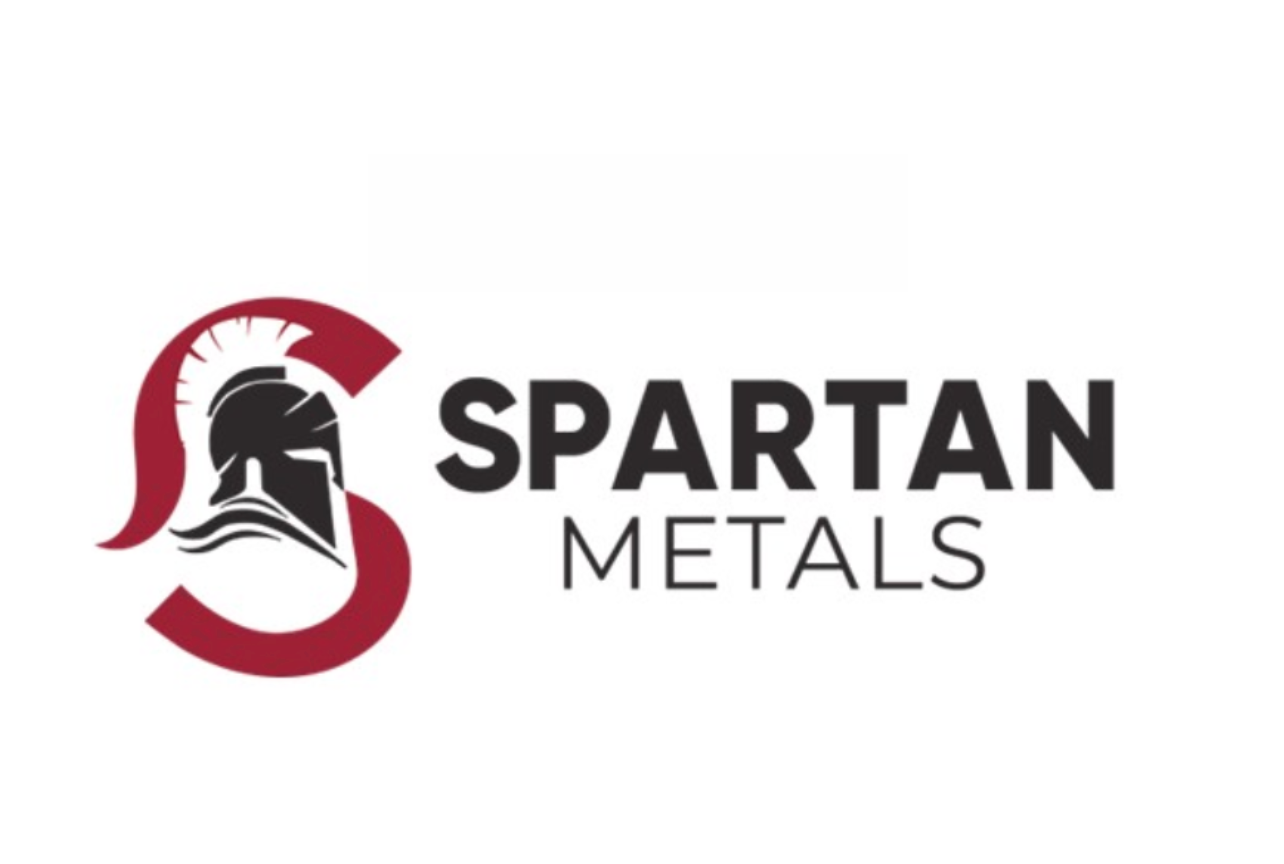



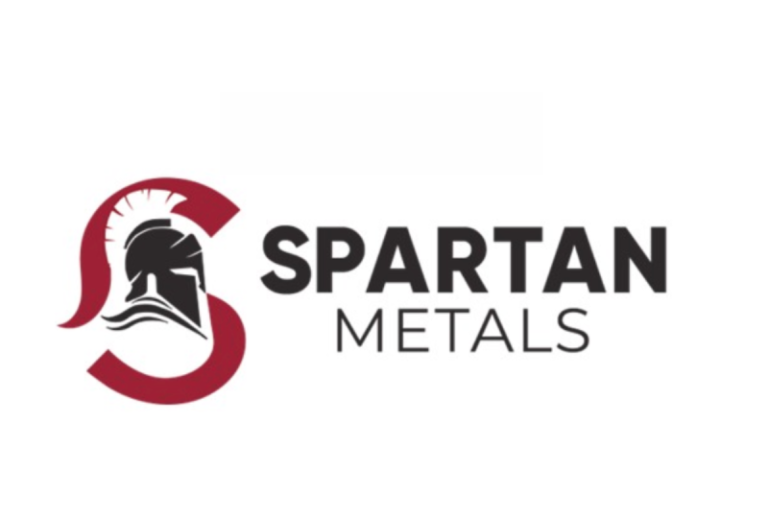
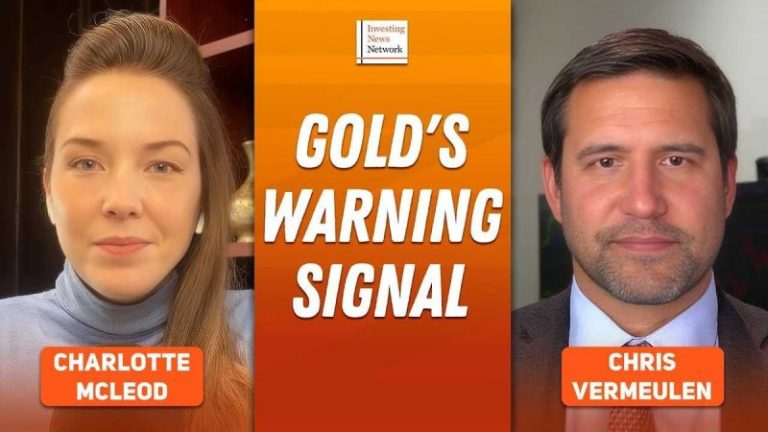
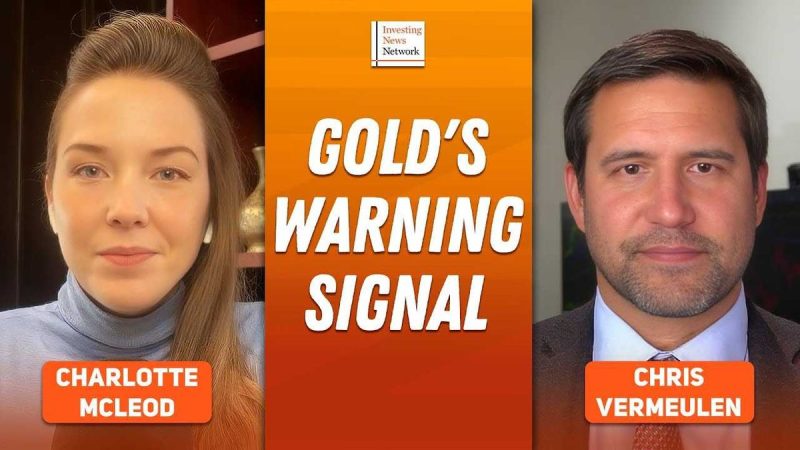
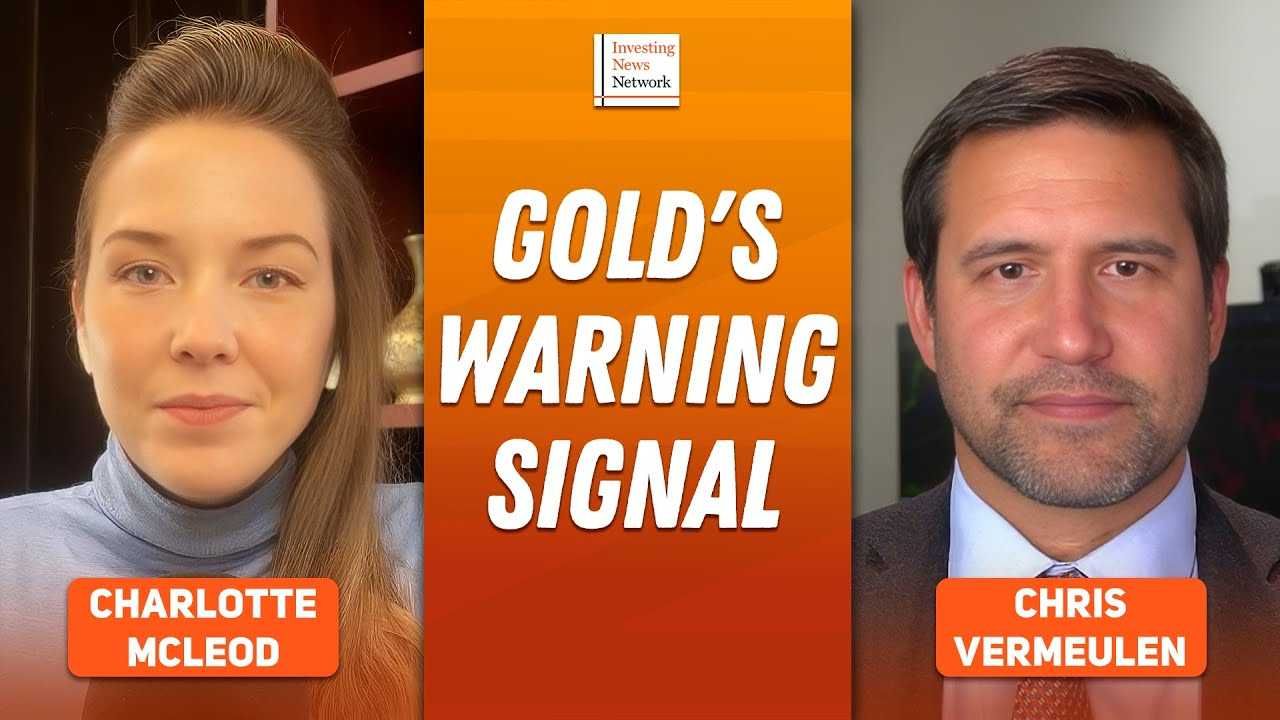















 Jupiter Energy (JPR:AU) has announced Sep25 Appendix 5B
Jupiter Energy (JPR:AU) has announced Sep25 Appendix 5B




 American Uranium (AMU:AU) has announced Drilling Commences at Lo Herma ISR Uranium Project
American Uranium (AMU:AU) has announced Drilling Commences at Lo Herma ISR Uranium Project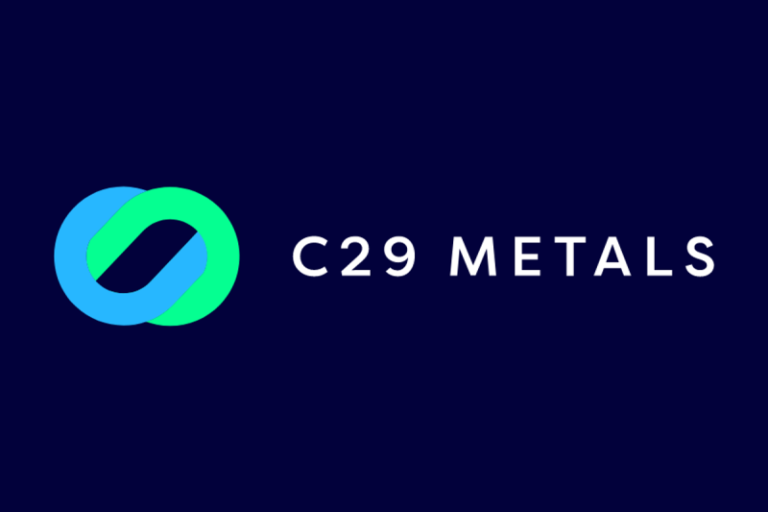
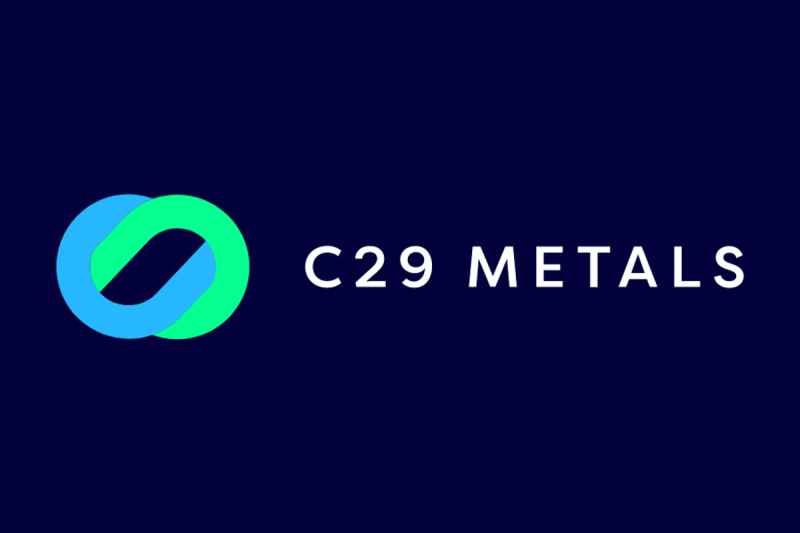
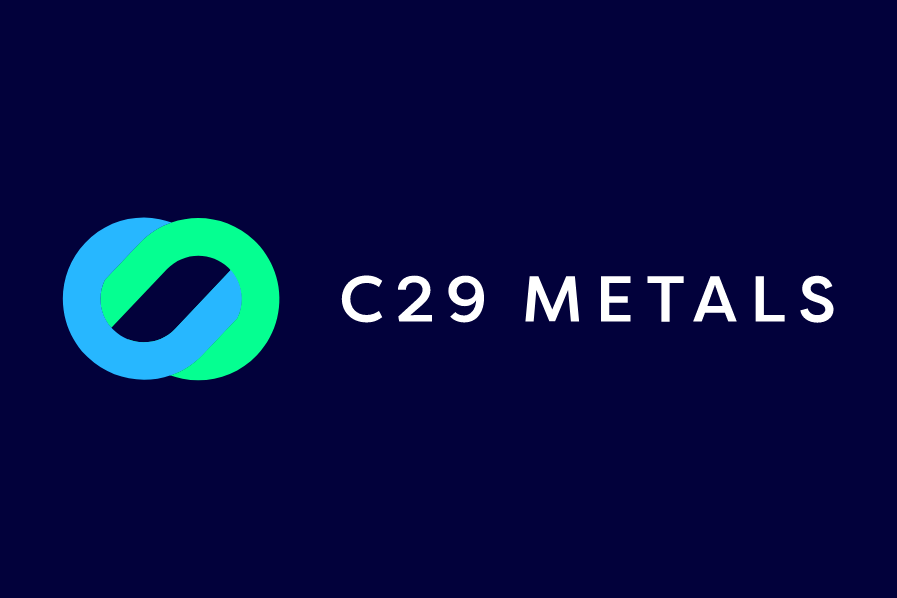 C29 Metals (C29:AU) has announced C29 Metals to drill Sampsons Tank Copper Project
C29 Metals (C29:AU) has announced C29 Metals to drill Sampsons Tank Copper Project